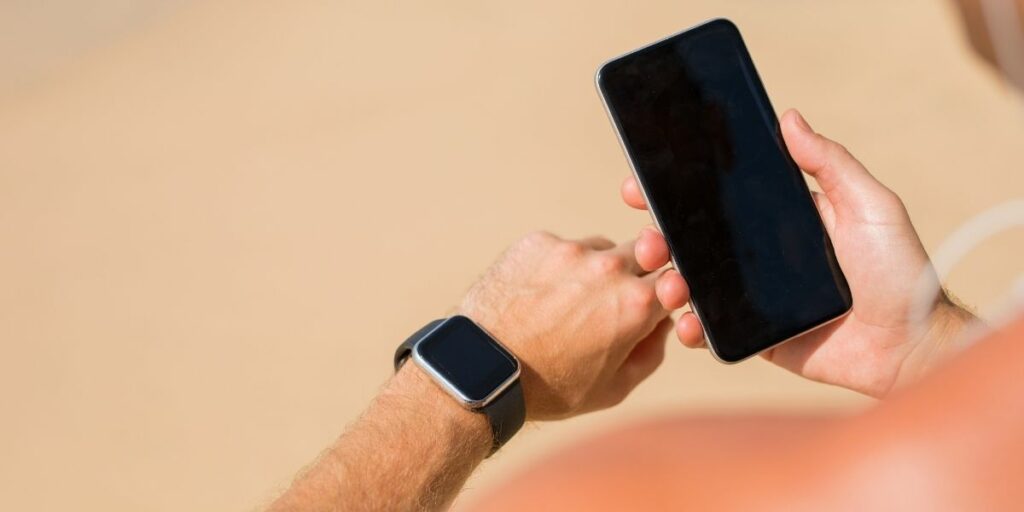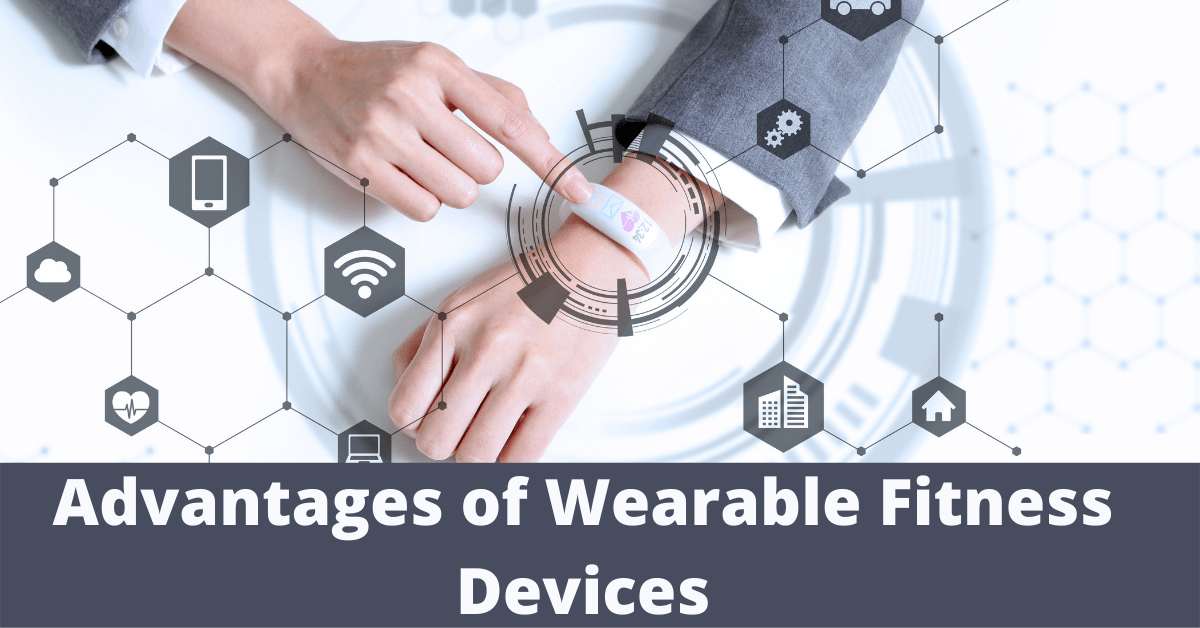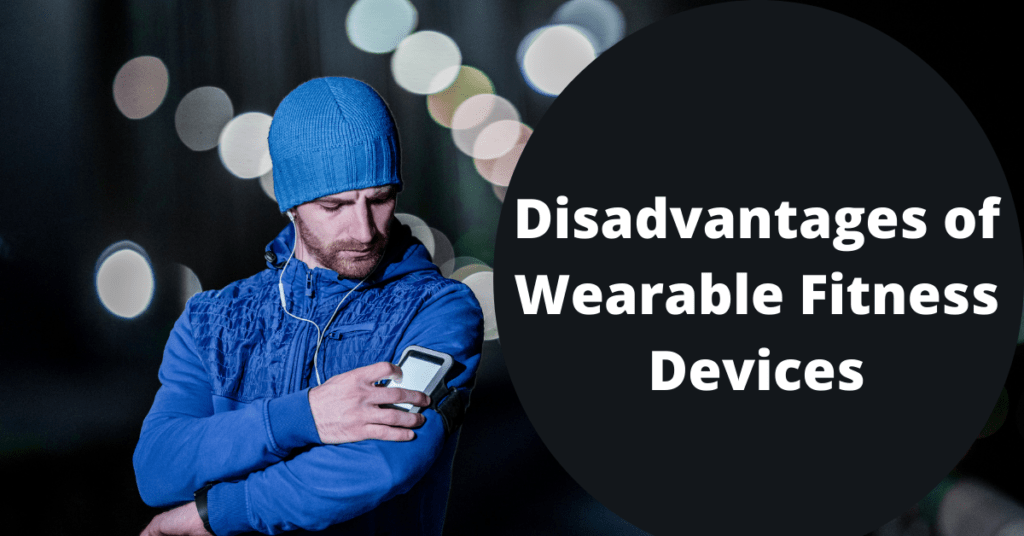The wearables and wellness programs that we wear and use on a daily basis may be changing the world as we know it. We’re all familiar with wearables like Fitbits, but this article is going to talk about how these devices are being used in corporate wellness programs, specifically for Fortune 1000 companies. This has created an entirely new industry of wearable fitness trackers and health-monitoring devices. For some people, these wearables have become an addiction; they can’t go without their Fitbit or Apple Watch because they want to optimize their performance throughout the day. But what’s next?
Contents
Why Wearable And Wellness Programs?
 Wearables and wellness programs are here to stay. Wearable fitness trackers are becoming increasingly popular as part of corporate health initiatives. Some employers can see if you are moving around when you work. They can track where you go with a device that is on your body.
Wearables and wellness programs are here to stay. Wearable fitness trackers are becoming increasingly popular as part of corporate health initiatives. Some employers can see if you are moving around when you work. They can track where you go with a device that is on your body.
If an employee goes to a church, a casino, or the office of a competitor. Some employers can tell because their data is collected and they have access to it. Soon, someone will have their job taken away and they will claim that their boss used a wearable device to gain access to private information.
Wearables and Wellness programs might start off as an innocent incentive for people to go to the gym every day by tracking their GPS location. But it would not take much for an employer to know where everyone is at all times of the day. Some companies are asking us to use wearable fitness devices and their GPS data to see if employees are going to the gym. If you know where the gyms are, it is easy to see which employees have gone.
How Wearable Devices Work?

Over time, there have been all sorts of cool technology that can be worn by people to track their information. There are now small devices that you can put on your skin that measure things like your heart, brain, and body movements.
Some activity devices can measure physical movement, use bioelectrical impedance and optical sensors to detect heart rate, use accelerometers to measure sleep quality, and use satellite and Wi-Fi signals. Devices can use algorithms to estimate how many calories or steps we have taken in any activity.
Trackers are usually worn on the wrist. They can measure physical activity with some degree of accuracy. Most trackers are accurate to within 15-30% of actual, which means that your tracker could say you walked 1000 steps, but you actually only walked 700-1300 steps.
They can estimate calories to within 200 calories per day. This is not very accurate, though. The device on your wrist only shows the time and how many steps you have taken during the day. It is easy to see, but not very accurate for other things like calories.
Wrist-worn devices don’t work when you ride a bike. You can get lots of exercises, but the device won’t record anything since you’re not moving your arm. We cannot be precise and we need to wear the device on our wrist. The info is not always accurate.
You don’t know if it is accurate to measure sleep quality and heart rate because there are not many studies about it. But you can guess.
How Wearables And Wellness Programs Function?

A few companies have given a wearable device to every one of their employees.
One And Done
This is called the “one and done” approach. An employer will buy wearables for all of their employees.
The hope is that employees will be more educated about their current levels of physical activity and use the data from the wearable devices to become more active. Sometimes they give out free wearables, and sometimes they do some cost-sharing with employees, providing a large discount or offsetting the cost. The devices are acquired and then handed out.
The employer will know that they did something nice for their employees. They hope that the device will help the workers be more active. Target Corporation recently did this.
Wearables As Wellness Incentives
The second way wellness programs can use wearable devices is by using the wearable device as an incentive. You can earn points or rewards when you do healthy things with a comprehensive wellness program. One of the rewards that could be handed out is a wearable device.
In this company, people get rewards for doing healthy things. For example, they might give out wearable devices to people who do a lot of good activities. Activity tracking is the third use of wearable devices in work settings.
Wearable devices collect data about how you move and where you go. That way, you can look at it and see what your activity was like. Also, you can see how many calories you have burned by moving around.
Individuals can see and use data about themselves. Other people can also look at the data from a wearable device, but this is only possible after they have created a small software package called an API. This software lets someone else collect and manage the data from the device.
This usually requires some computer programming. If an employer wanted, they could create a computer platform that would read data from employees’ wearable devices and upload that data to the computer. The employee would wear the device, and it would transfer data to the computer.
Vendor’s Software
The company can use the data to make a computer program. A wellness vendor is a company that makes software for computers.
If an employer collects data about what you are doing, they might be liable for what happens. But if the employer doesn’t collect the data, then it is less likely that they will have problems. A third-party vendor can work to protect the employer by collecting the data instead of the employer.
Advantages of Wearable Fitness Devices

Today, wearable devices are more accurate and fashionable than older pedometers and accelerometers that we used to wear on our hips.
Today’s activity trackers are good at measuring how much you move. They are fun to wear and they give you the chance to keep track of how much you move. If we want to set a goal and track our progress, good records will help us make sure that we are actually getting the activity.
Wearable devices may make you more active. You can wear them as a fashion accessory and they help you reach your goal. They are cool to wear. Today’s devices are different than before. They are more like jewelry. You can wear them and people will think you are important.
Disadvantages of Wearable Fitness Devices

There are some problems with these devices. You have to buy them, you need to wear them, and you need to make sure they are charged. These are the same problems you had when people wear pedometers 20 years ago. But like pedometers, there is not much evidence that wearable devices today make people more active.
This is a tracking device to estimate how people move about. There is no evidence that it changes behavior. The limitations of measuring physical activity and counting calories make it good for tracking movement, but now there’s the question of data security and access to data.
Today’s wearable devices are all web-connected. This means that the data can be accessed by us and others. Wearable devices are mostly used by young, fit people who have more money. After a few months, these devices stop giving new information and it is boring.
Habits form after you have been tracking your physical activity for a while. After a while, the data from the tracker will be just like all of your other days’ data even if it is boring. Many people stop using their trackers because they tend to be boring and stop doing it. This is what you know about how quickly people stop using wearables.
Common Complaints
People who used wearable devices before said that they are easy to lose, they break, and some of them are not waterproof. They can be difficult to sync with your phone. Also, the batteries don’t last long enough. Some of them might not look good on you or be comfortable to wear. And finally, people say that at the end of the day, they’re just not sure what to do with all that data.
Most people who have a wearable device are quite fit, younger than average, and have a higher socioeconomic status than average. Most people stop using them after 12 months. Are you one of them?
Best Practices of Wearables And Wellness Programs
Over the years, we’ve seen companies start to depend more on wearable devices. We’ve learned the most important things about them in the last few years.
- People will like their device more if they have to pay for it. It won’t be free.
- Wearable devices are not for changing behavior. These devices are only for tracking activity.
- Wearable devices are fun, but after a while, it is not interesting anymore.
- Bring your own device. It is cheaper.
- For example, wearable devices can be a source of incentives or rewards for regular physical activity and other healthy behaviors.
- Employers should never gather and use data from their wearable fitness devices.
- Employers should never look at your information or use it.
- Wearable devices can be a fun and easy way to help you stay healthy.
A Word From Mantra Care
With the wearables and wellness programs that are being provided by these wearable devices, people can now take their health more seriously. Wearables like Fitbits and Apple Watches have created an industry of fitness trackers and other types of wearables to help people become healthier in all aspects of their lives. This can also create a new market for entrepreneurs who want to sell these products or otherwise can participate in this trend.
Do you want to keep your employees happy, healthy, and productive? Join our employee assistance program and get a healthier workplace.


